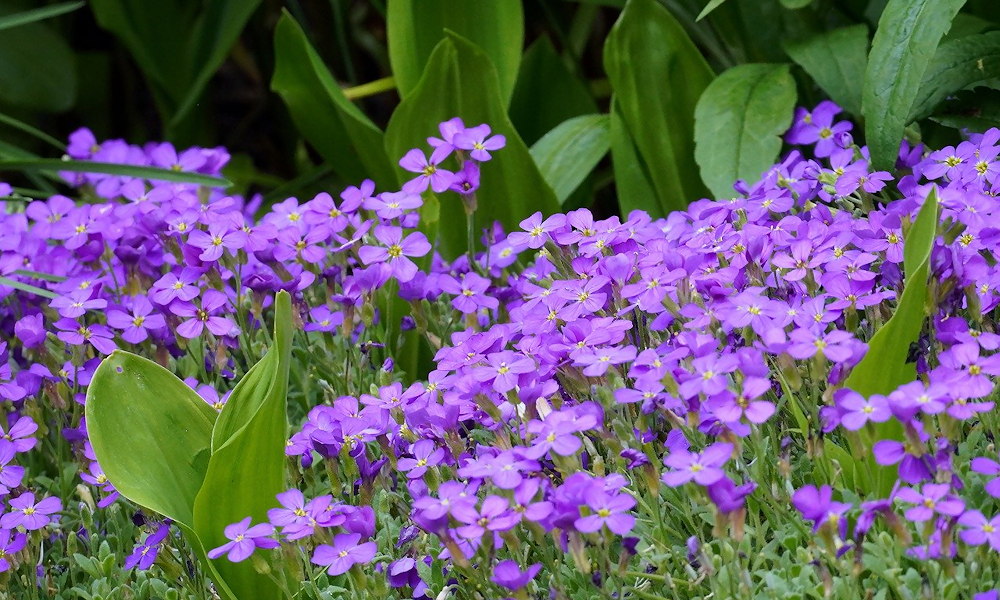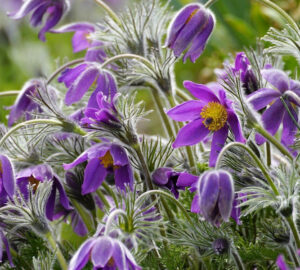Cushion flowers are delightful additions to any garden, bringing vibrant colors and a soft, mounded appearance. But what exactly are cushion flowers, and why should you consider adding them to your garden?
What Are Cushion Flowers?
Cushion flowers, also known as cushion plants, are low-growing perennials that form dense, rounded clumps resembling a cushion or pillow. These plants have a compact growth habit and often bloom profusely, creating a colorful display that can enhance the aesthetics of any garden space.
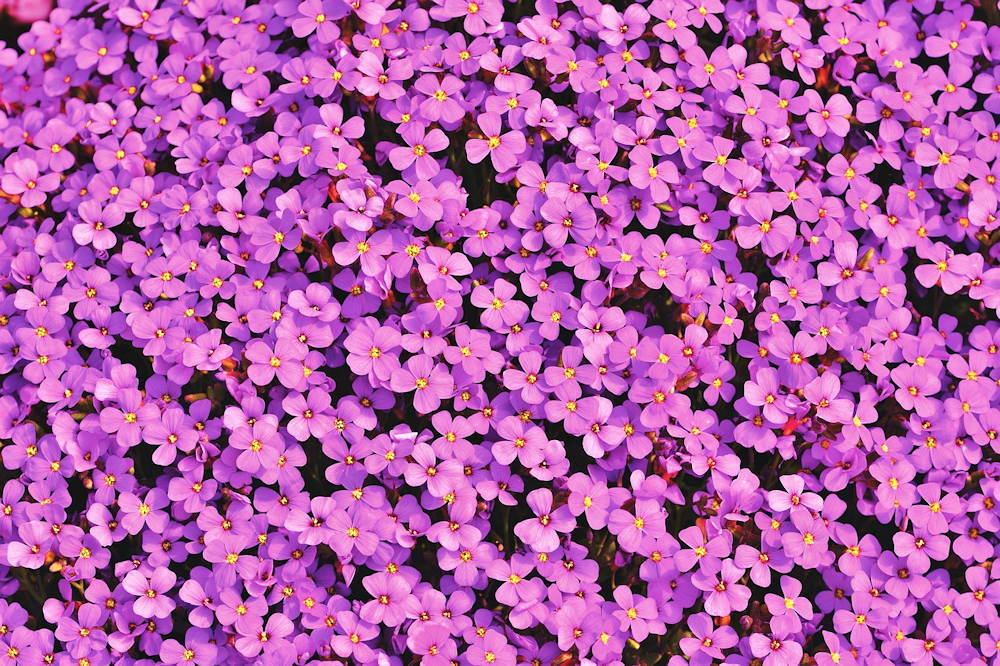
Where to Plant Cushion Flowers
Cushion flowers are versatile and can be planted in various parts of your garden. They are excellent choices for rock gardens, borders, edging, and even in between stones on pathways. Their low profile and spreading nature make them perfect for ground cover or to fill in small gaps in your garden design.
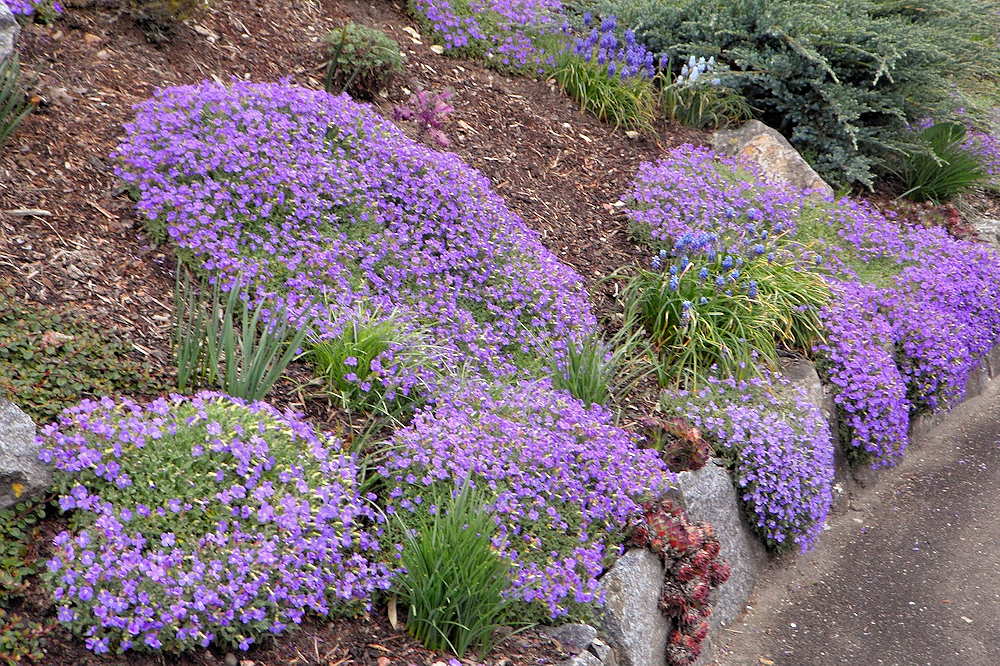
Care and Needs of Cushion Flowers
Cushion flowers generally prefer well-drained soil and plenty of sunlight. However, each type of cushion flower may have slightly different needs. Here are some general tips for caring for cushion flowers:
- Sunlight: Most cushion flowers require full sun to thrive, but some can tolerate partial shade.
- Watering: These plants prefer consistent moisture but should not be overwatered. Ensure the soil is well-drained to avoid root rot.
- Soil: Cushion flowers do best in loamy or sandy soil with good drainage.
- Pruning: Regular pruning can help maintain their shape and encourage more blooms.
- Fertilizing: A light application of balanced fertilizer in early spring can promote healthy growth and flowering.
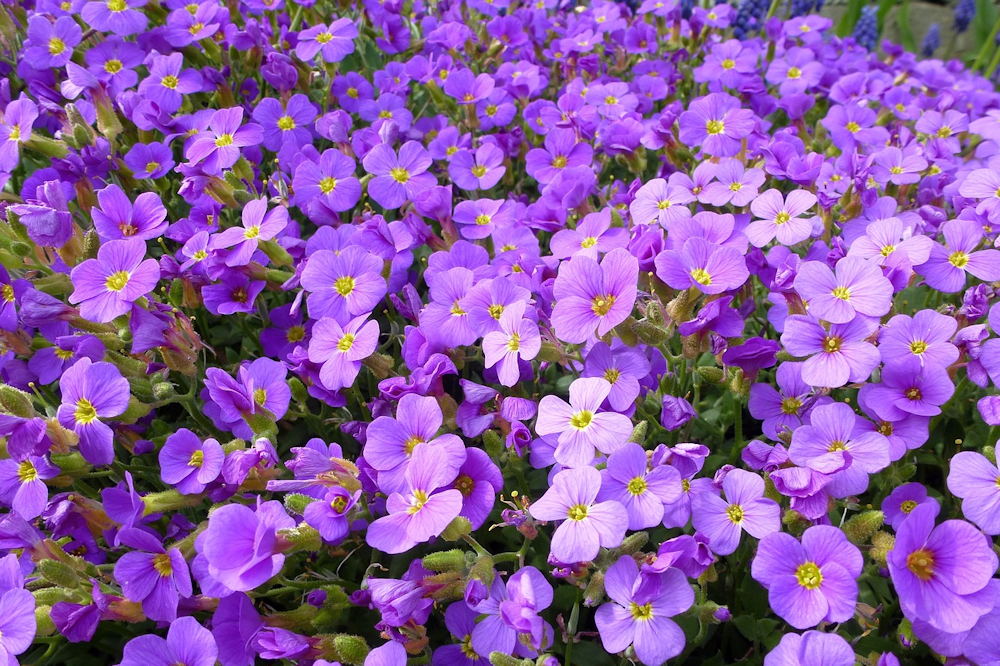
Why Choose Cushion Flowers?
Cushion flowers are excellent for adding texture and color to your garden without taking up too much space. They can be used as ground cover or in rock gardens to create a soft, colorful appearance. Their low-maintenance nature makes them ideal for gardeners who want attractive plants without too much fuss.
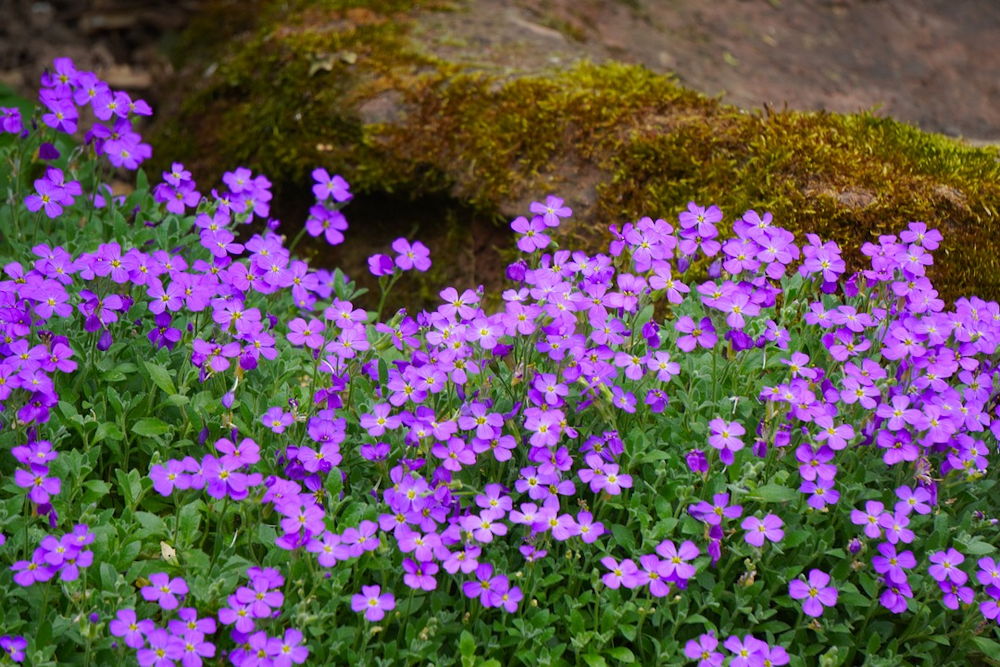
Nature’s Pillows: Popular Cushion Flowers for a Lush Garden
Here are some common cushion flowers to consider for your garden:
Candytuft (Iberis sempervirens)
A perennial with white blooms, candytuft is often used for edging and rock gardens. It flowers in early spring and provides a bright burst of color.
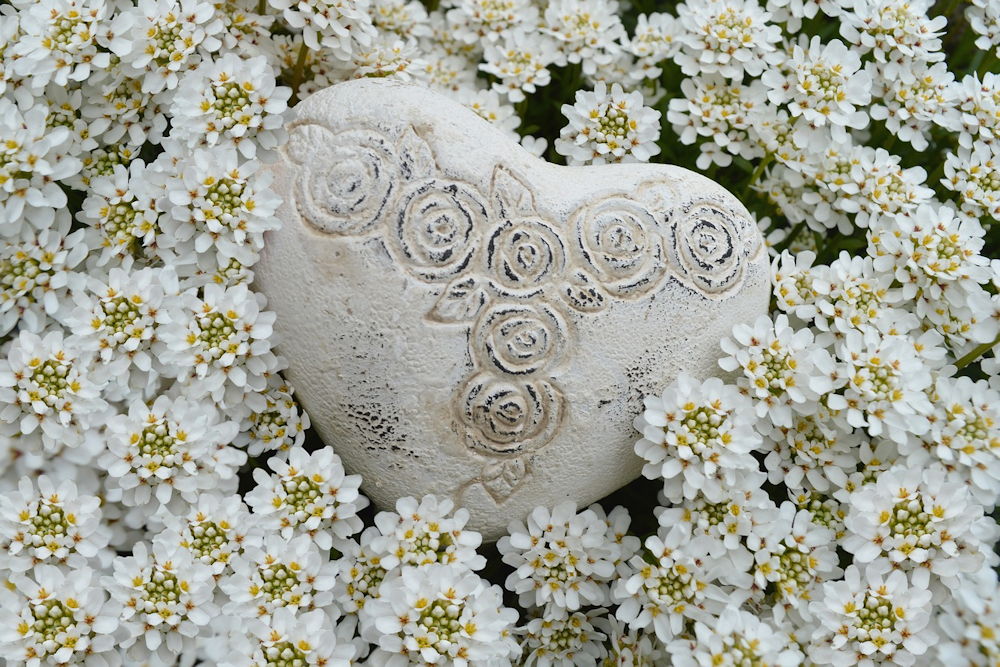

Purple Rock Cress (Aubrieta deltoidea)
Known for its vibrant purple flowers, this plant is perfect for rock gardens and can spread to form a dense mat of foliage and blooms.
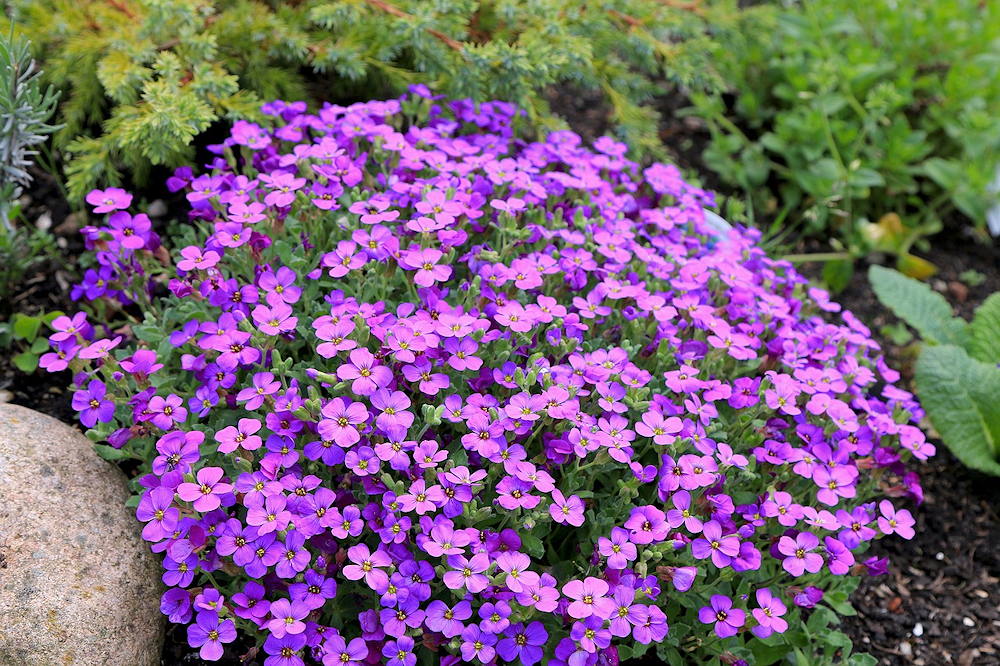
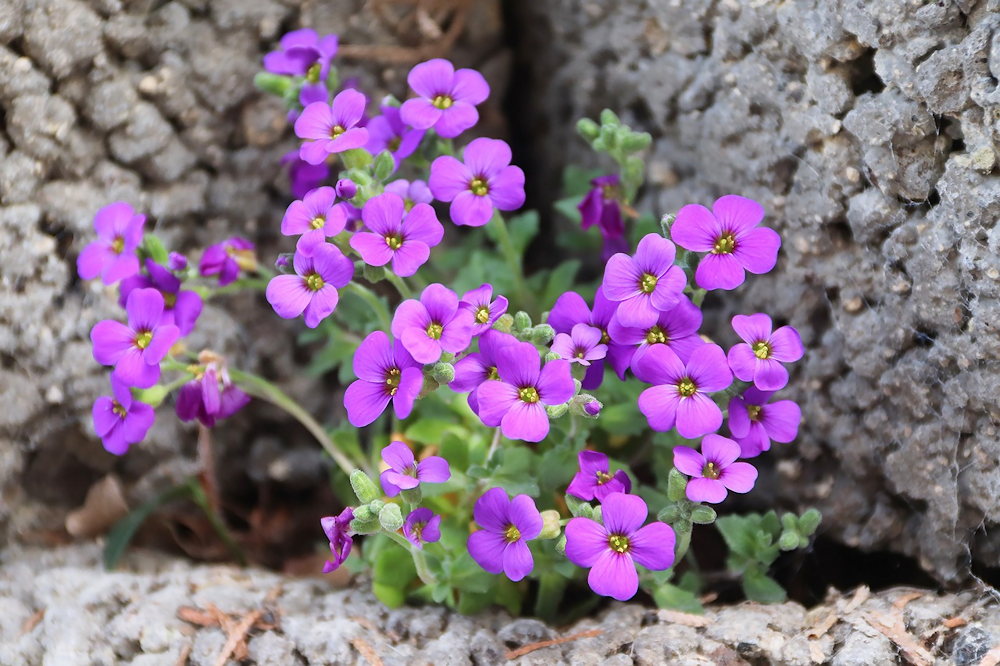
Mossy Saxifrage (Saxifraga × arendsii)
A low-growing perennial with a cushion-like appearance, mossy saxifrage has tiny pink or white flowers and thrives in cool, shady spots.
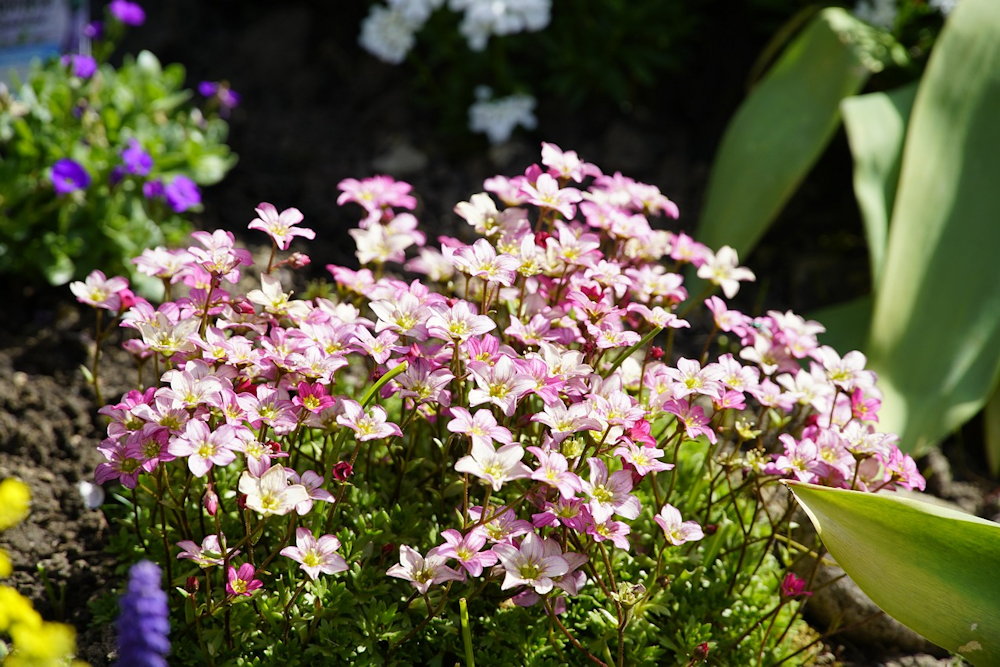
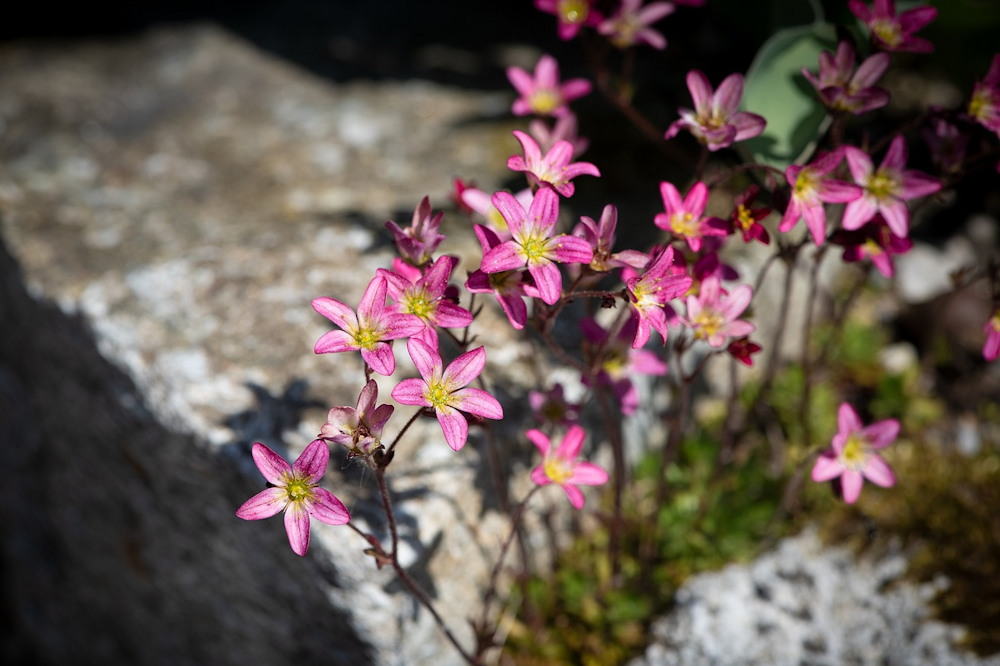
Moss Campion (Silene acaulis)
A high-altitude cushion flower with dense green foliage and small pink or purple flowers. It’s often found in alpine environments and can tolerate harsh conditions.
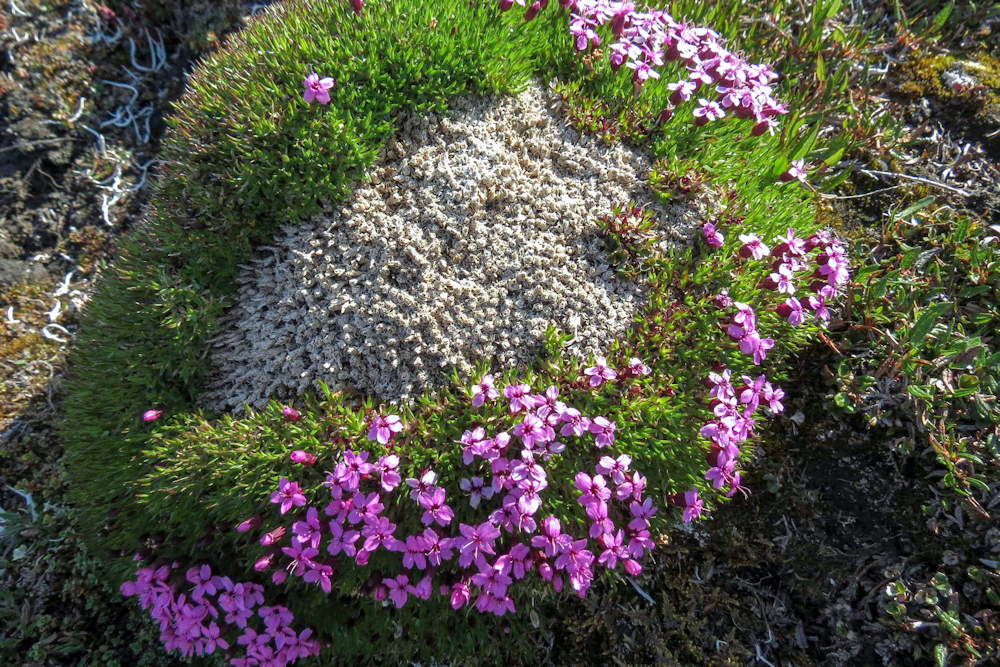
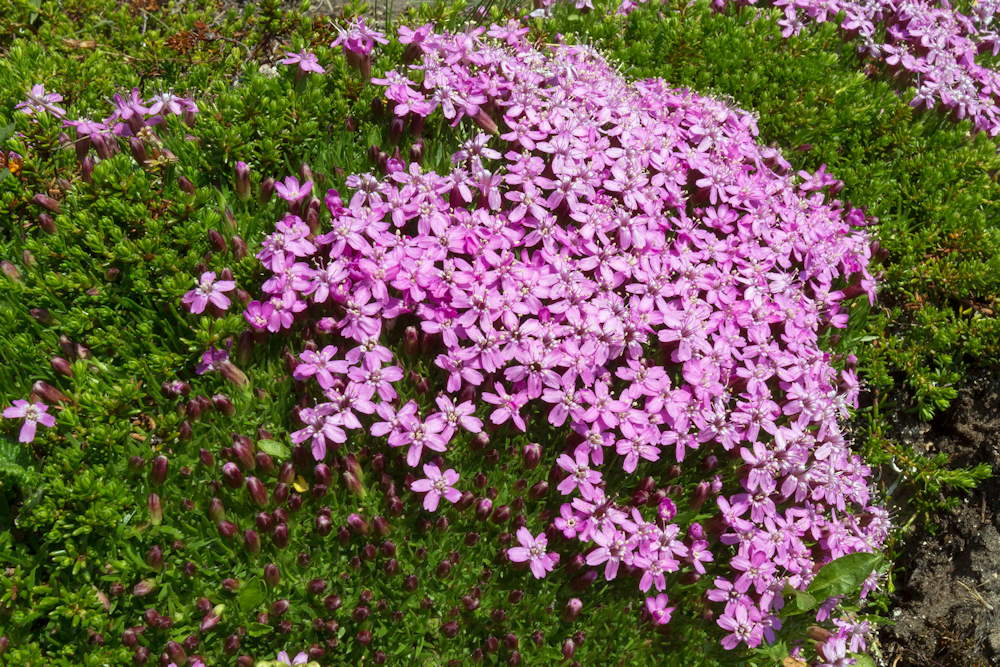
Creeping Thyme (Thymus serpyllum)
This aromatic cushion plant is known for its tiny purple flowers and pleasant fragrance. It’s often used in rock gardens and as ground cover.
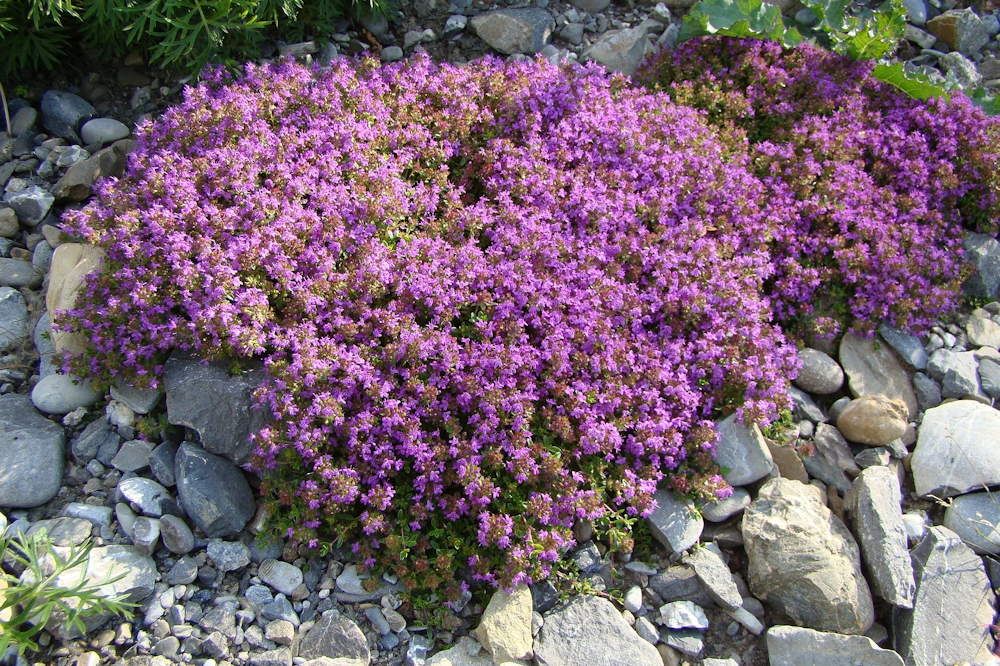
Creeping phlox (Phlox subulata)
Creeping phlox is a low-growing perennial known for its vibrant, dense mats of flowers in shades of pink, white, purple or blue. It is a popular ground cover for rock gardens and borders, prized for its ability to create a colorful carpet during its spring bloom season.

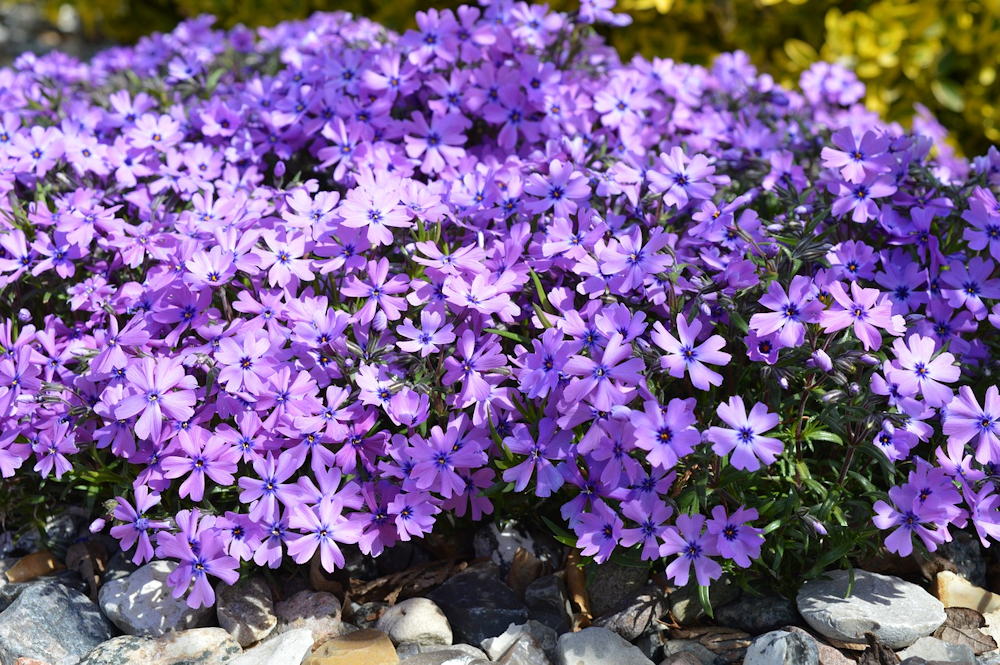
Cushion flowers offer a unique and attractive way to enhance your garden’s beauty. With their compact growth and vibrant blooms, these plants can add color and texture to various garden settings. Their low-maintenance needs and versatility make them an excellent choice for gardeners of all skill levels. So why not consider adding some cushion flowers to your garden and enjoy the softness and color they bring?



